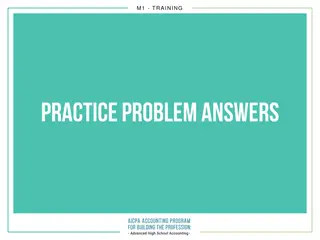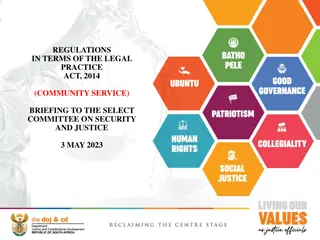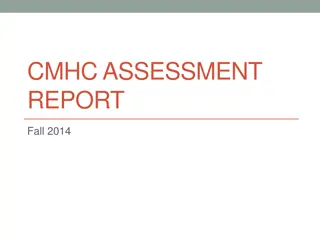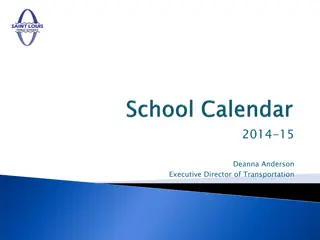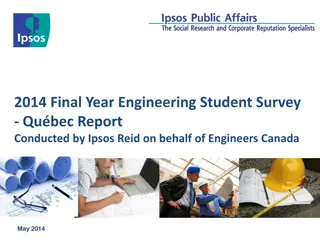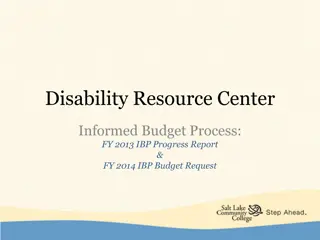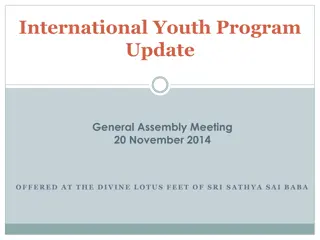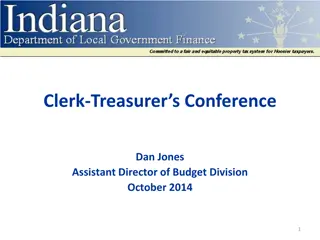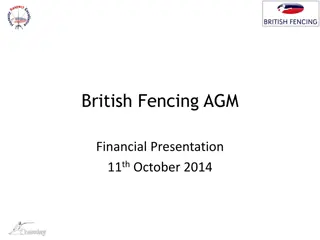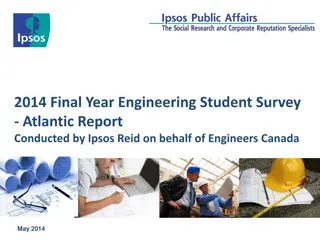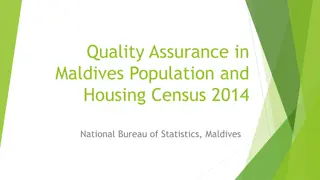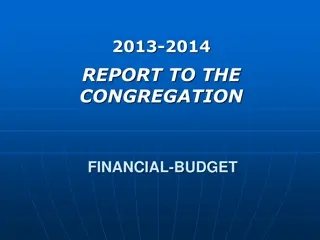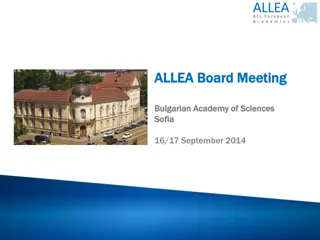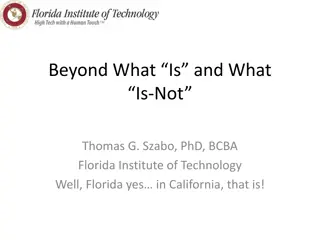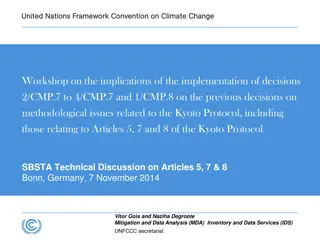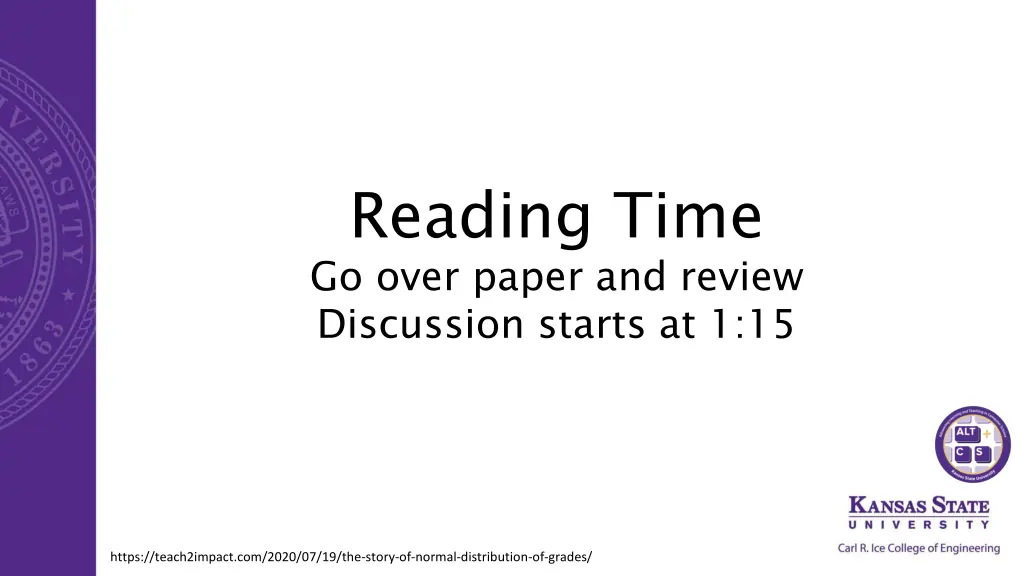
Understanding Curriculum Development and Cognitive Learning Theories
Explore the relationship between curriculum development and cognitive learning theories such as Piagetian and Neo-Piagetian theories. Delve into how students progress through different developmental stages in coding education, from sensorimotor to formal operational. Discover the importance of instructional goals, course content selection, learning activities, and assessment strategies in the curriculum development process.
Download Presentation

Please find below an Image/Link to download the presentation.
The content on the website is provided AS IS for your information and personal use only. It may not be sold, licensed, or shared on other websites without obtaining consent from the author. If you encounter any issues during the download, it is possible that the publisher has removed the file from their server.
You are allowed to download the files provided on this website for personal or commercial use, subject to the condition that they are used lawfully. All files are the property of their respective owners.
The content on the website is provided AS IS for your information and personal use only. It may not be sold, licensed, or shared on other websites without obtaining consent from the author.
E N D
Presentation Transcript
Reading Time Go over paper and review Discussion starts at 1:15 https://teach2impact.com/2020/07/19/the-story-of-normal-distribution-of-grades/
Neo-Piagetian Theory as a Guide to Curriculum Analysis Claudia Szabo and Katrina Falkner (2014) https://doi.org/10.1145/2538862.2538910 All information from paper listed above unless otherwise cited
Piagetian Theory Learning occurs in stages: Sensorimotor Pre-operational Concrete Operational Formal Operational
Neo-Piagetian Theory Learning always follows the stage progression This continues throughout our lives It is specific to concepts and contexts Learners typically operate in multiple stages at once, depending on mastery of subjects within a problem
Lister et. al Developmental Stage Characteristics Sensorimotor (pre-tracing) Student cannot trace code with >= 50% accuracy Looks for recognizable words in the code Dominant strategy is trial and error Preoperational (tracing) Student can trace code Often writes down the effect of each line or draws a diagram of program state Can describe what the code does, but the purpose of the code is not inferred, and may be guessed at based on input/output Concrete Operational (abstract tracing) Student can reason about code deductively and recognizes patterns in the code Dominant programming strategy is hasty design and futile patching First stage where student displays purposeful approach to writing code Formal Operational (post-tracing) Student can reason logically, consistently, and systematically about code, and can reflect on their own thinking Displays hypothetico-deductive reasoning (formulating and testing hypothesis)
Curriculum Development A process of developing course materials that includes: Identifying instructional goals Developing/selecting: Course content and materials Learning activities Assessment strategies
Curriculum Challenges Courses continue to evolve Can drift away from original goals Prior courses may stop teaching prerequisites New teachers may not understand prior structure/goals
Curriculum Maps A graphical representation of the curriculum identifying content to be taught and prerequisite/postrequisite relationships Ideally a Directed Acyclic Graph
Proposed Framework Integrate Neo-Piagetian Levels into Curriculum mapping to: Ensure students are not assessed at a higher level than taught (assessment leaps) Ensure prerequisite knowledge and level is reached earlier in the curriculum (prerequisite concepts)
Classification Taxonomy Concrete Operational Representational Systems Single Abstractions Familiar Formal Operational Single Abstractions Global Abstraction Mapping Abstraction Systems Principles
Single Abstractions Familiar Abstraction used concretely within a single programming language Global Abstraction within a new context (programming language, library, etc)
Abstraction Mapping Reasoning about relationships between closely related concepts, i.e.: While and Do While loops Interfaces and Abstract classes in C# Virtual and Abstract methods in C#
Abstraction Systems Interactions between distantly related concepts, for example: Program stack and memory allocation through the new keyword Stack overflow exception and infinite recursion
Principles Unifying principles from the entire domain, i.e. Structured Programming Type Systems
Audience Participation Where do the following fit in? In-memory binary representation of numeric types Strings as lists of characters Recursive methods and looping structures
Mapping Process 1. Define Concepts 2. Classify Teaching Activities 3. Classify Assessment Activities 4. Revise and Compare Identify prerequisites and assessment leaps
Define Concepts Analyze sources for concepts used in the class Syllabi Textbooks Lectures Be aware of LATENT (assumed or hidden) concepts Accreditation (ABET) ACM/IEEE Curriculum
Classify Teaching Activities For each activity integrate into the concept table integrating: Concepts taught Levels taught at When taught Context & Examples
Classifying Assessment Activities Review summative assessments and record: Perceived level of assessment Integrate into the concept table
Revision and Comparison Review the concept table as a group, revising levels based on consensus Address issues raised by the mapping: Missing prerequisites Assessment leaps
Case Study Used for first year (3 course) programming sequence Introduction to Programming Object-Oriented Programming Data Structures and Algorithm Design
Conclusion Reiterates the usefulness for this style of curriculum mapping Underscores the importance of finding and addressing Prerequisites Assessment leaps

